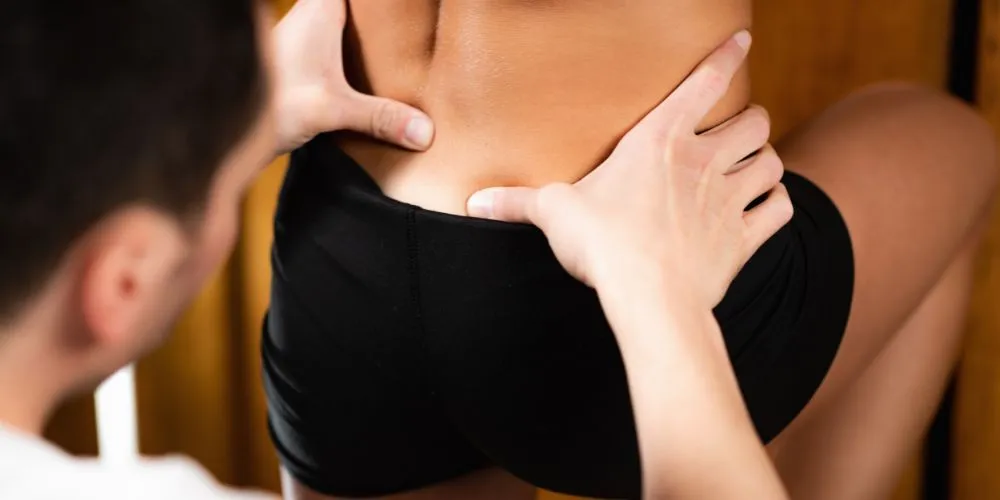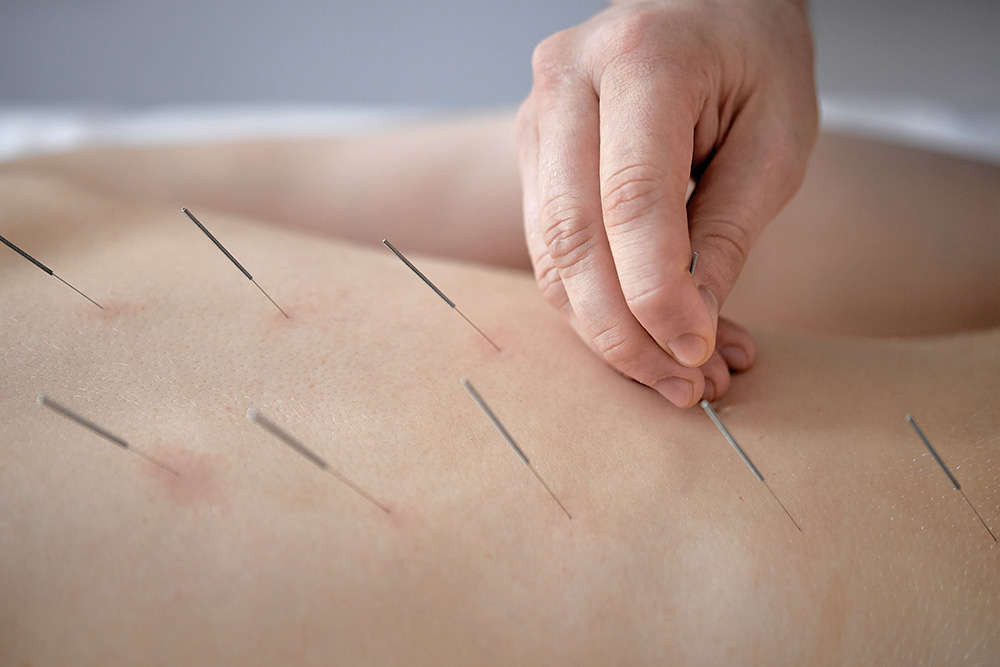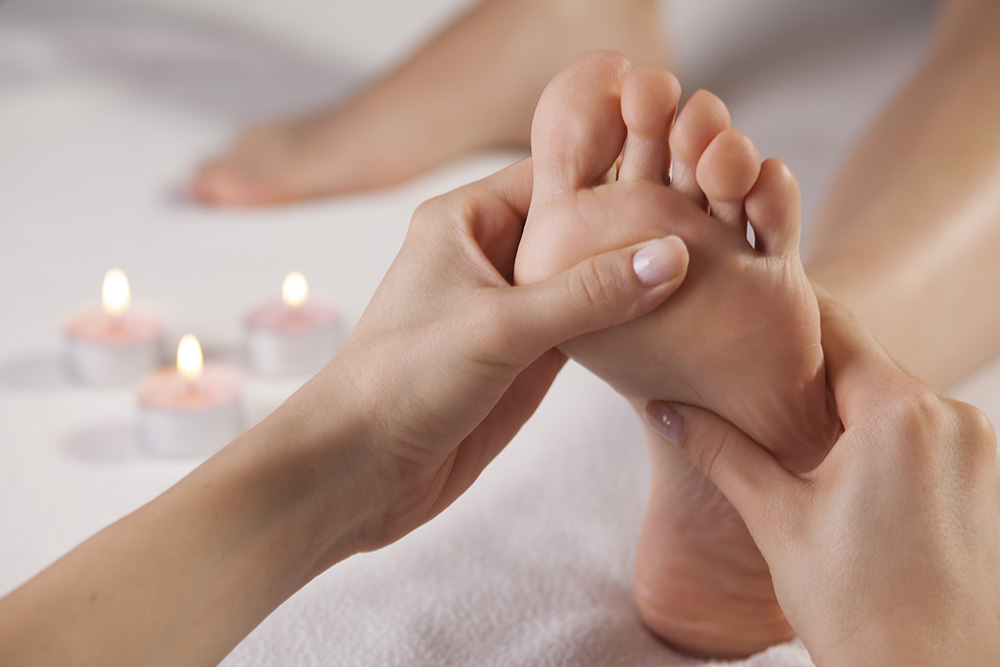Expert Osteopath for Sciatica
Home » What we treat » Sciatica
Are you suffering from leg or buttock pain? Sciatica, often originating from lower back issues, can be excruciating. It may manifest as burning sensations, numbness, weakness, or pins and needles in the leg. But don’t worry; relief is within reach.
Nerve pain and trapped nerves, can be among the most agonizing conditions. Nerves can become entrapped as they pass through constricted spaces like spinal canals or beneath muscles. While such pain typically affects the arms or legs, it can strike elsewhere, too.
At Broadwater Osteopathic Practice in Worthing, Sussex, we specialize in treating these debilitating conditions, offering solutions that may bring relief and restore comfort to your life.
Sciatica, Nerve Pain and Disc Pain Treatment
Sciatica often stems from irritation or compression of the sciatic nerve, which can lead to intense leg or buttock pain. It may present as burning sensations, pins and needles, numbness, or weakness. One common cause is injury or disruption of a spinal disc.
In some cases, the piriformis muscle deep in the buttock can also trap the sciatic nerve, mimicking the symptoms of a disc injury. The good news is that this condition is usually easier to correct with osteopathic treatment.
Nerve Pain/Trapped Nerve Treatment in Worthing, Sussex
Trapped nerves are infamous for their intensity and discomfort. Nerves can become entrapped as they navigate tight spaces, causing sharp, shooting, or burning pain. This pain may also manifest as pins and needles or numbness and weakness, typically affecting the arms or legs.
At Broadwater Osteopathic Practice, our osteopaths are skilled in addressing nerve pain. We conduct a thorough history and examination to understand why and where the nerve is irritated. Treatment aims to reduce spasm and alleviate pressure on the nerve. You’ll also receive guidance on managing symptoms in your daily life, along with exercises to enhance mobility.

Disc Pain Treatment in Worthing, Sussex
Discs in your spine can be compared to toughened car tyres filled with thickened gum, with a robust outer annulus (the tyre) and a central nucleus (the gum). While “slipped disc” is a commonly used term, discs don’t actually slip. Instead, they can bulge, herniate, prolapse and become worn
Disc injuries often result from prolonged stress on the annulus due to factors like heavy lifting, sitting for extended periods, poor spinal function, bad posture, obesity, muscle weakness, previous injuries, or repetitive habits. The pain intensity varies from person to person, depending on the involvement of sensitive structures. Severe disc injuries can even lead to leg weakness and loss of bladder and bowel control.
Our osteopaths at BOP are equipped to address the root causes of disc pain and offer gentle yet effective treatments to alleviate pressure on the discs. If we determine that osteopathy may not be sufficient, we will guide you toward the most appropriate course of action.
Don’t let sciatica, nerve pain, or disc pain control your life. Seek relief and restoration at Broadwater Osteopathic Practice in Worthing, Sussex. Our experienced team is dedicated to helping you regain comfort and mobility.
Contact us today to schedule an appointment and take the first step toward a pain-free life.





